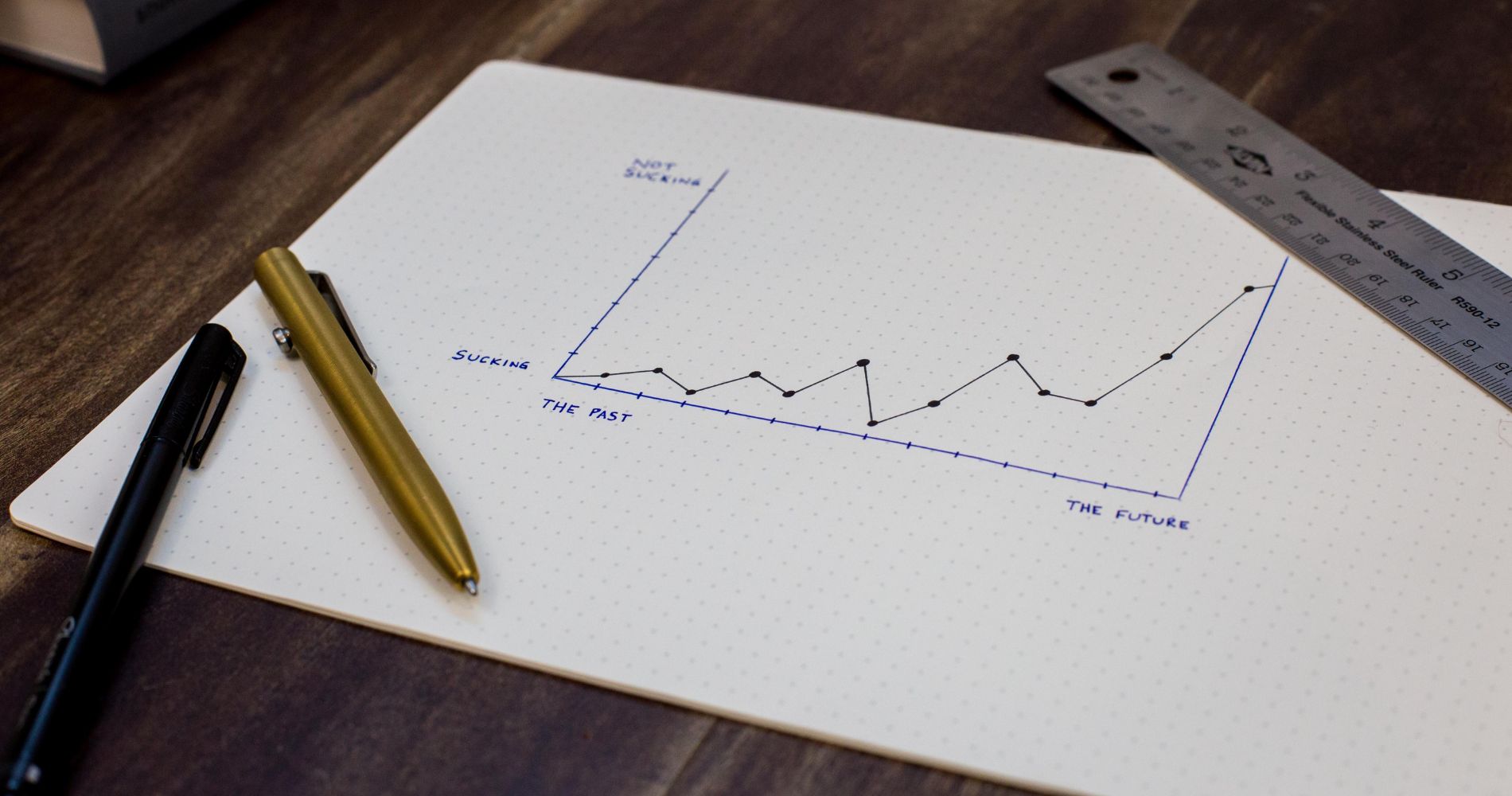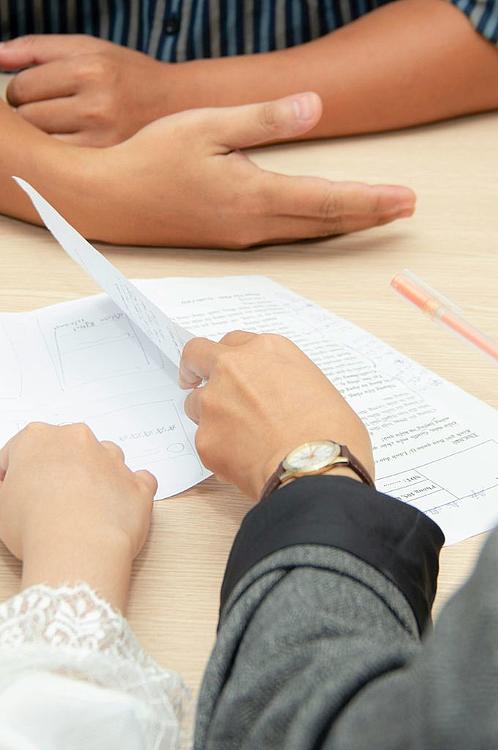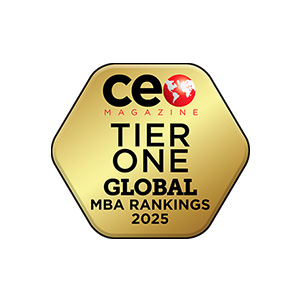balanced scorecard example: How is the Balanced Scorecard structured?
Here is an example of a balanced scorecard (BSC) for a fictitious company operating in the consumer goods industry. The BSC includes the four perspectives: Finance, Customers, Internal Business Processes, and Learning and Growth. Specific goals, key figures, target values and measures are defined for each perspective.
Structure of the Balanced Scorecard
The Balanced Scorecard consists of four perspectives, which together provide a comprehensive and balanced view of the company's performance. Each perspective comprises specific objectives, key figures, target values and measures.
- Four perspectives: Finance, customers, internal business processes, learning and growth.
- Goals: Specific, strategic goals for each perspective.
- Key figures: Measurable indicators (KPIs) to evaluate progress and results.
- Target values: Concrete target values to be achieved.
- Measures: Concrete actions and projects to achieve the targets.
By systematically applying these steps and following a structured approach, companies can develop and implement an effective balanced scorecard that helps them to achieve their strategic goals and comprehensively monitor their performance.





















